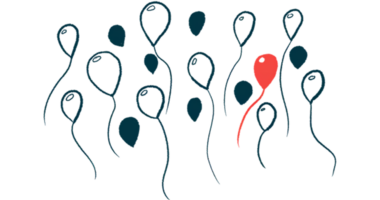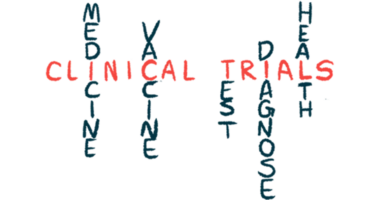Gene therapy Durveqtix OK’d for use in Europe for hemophilia B
Therapy given green light in US, Canada earlier in year, now sold as Beqvez

Durveqtix (fidanacogene elaparvovec), a gene therapy for adults with severe and moderately severe hemophilia B, has been granted conditional marketing authorization by regulators in the European Union.
The decision by the European Commission follows a positive recommendation on the Pfizer therapy, issued early last month by a European Medicines Agency committee.
Altogether, the 27 EU member states, plus Iceland, Liechtenstein, and Norway, are covered under this marketing authorization. The European approval follows other recent regulatory green lights for the therapy by the U.S. Food and Drug Administration and Health Canada.
In the U.S. and Canada, the treatment is now marketed under the commercial name Beqvez.
“Durveqtix has shown the potential to offer long-term bleed protection in a one-time dose, reducing or eliminating bleeds for … appropriate patients with hemophilia B,” Alexandre de Germay, chief international commercial officer and executive vice president at Pfizer, said in a company press release.
“There is a substantial medical and treatment burden for people with hemophilia B [who] receive standard care today, with frequent infusions and many remaining at risk of breakthrough bleeds that can lead to pain and restricted mobility,” de Germany said. He believes the patient outcomes and impact seen with Durveqtix “could become potentially transformative for hemophilia B care in the European Union.”
Durveqtix OK’d for adults with severe and moderately severe hemophilia B
In people with hemophilia B, the lack of a functional version of the F9 gene leads to deficient production of a protein called factor IX, which is essential for blood clotting. Without factor IX, people with hemophilia B experience recurrent and spontaneous bleeding, among other symptoms, affecting their health and quality of life.
According to the World Federation of Hemophilia, 2022 data indicated that more than 42,000 people worldwide live with hemophilia B.
Standard treatment for hemophilia B requires patients to receive prophylactic, or preventative, infusions of factor IX replacement therapy. Such treatment is given directly into patients’ veins, allowing the body to replace the low levels of this factor in the blood.
These infusions can, however, be expensive and strenuous for patients and healthcare systems. And even when receiving their infusions on time, every time, patients may still face spontaneous bleeding.
Durveqtix works by inserting a high-activity variant of the F9 gene into liver cells, delivering it with the help of an adeno-associated virus (AAV) capsid that functions as a carrying shell for the functional gene. Instead of several infusions, Durveqtix requires a one-dose, one-time scheduled infusion. This approach allows the body to produce its own factor IX, providing hemophilia B patients with a long-lasting solution for their factor IX deficiency.
However, the immune system of hemophilia patients can react against the AAV or factor IX, forming antibodies that can neutralize their functions. Thus, tests to assess if a person with hemophilia B is eligible for gene therapy include the analysis of antibodies against factor IX and AAV.
Durveqtix is now approved in Europe to treat severe and moderately severe hemophilia B in adults without a history of factor IX inhibitors, and without detectable antibodies to variant AAV serotype Rh74.
EU decision based on results from Phase 3 BENEGENE-2 trial
The European Commission granted this conditional marketing authorization based on results from the Phase 3 clinical trial BENEGENE-2 (NCT03861273), which tested Durveqtix in 45 men with moderately severe to severe hemophilia B. All patients received standard factor IX prophylaxis treatment for six months in a previous lead-in study (NCT03587116) and later received a single intravenous dose of Durveqtix.
An analysis conducted when 41 trial participants reached the 15-month follow-up mark revealed that Durveqtix significantly reduced the annualized bleeding rate (ABR) for total bleeds, compared to standard prophylactic treatment. This was seen with a 4.50 mean ABR in the lead-in period versus a 1.44 mean ABR in the 15-month post-infusion follow-up period — which corresponds to a 68% reduction. Elimination of bleeds was observed in more than 60% of patients.
Longer-term data indicated that the ABR remained stable during years two to four after the one-time infusion of Durveqtix in these patients.
In terms of safety, Durveqtix was generally well tolerated. The most common side effect was a temporary increase in liver enzymes, managed with corticosteroids. No serious adverse events related to treatment were reported.
Participants of BENEGENE-2 will be included in a separate Phase 3 extension study (NCT05568719) and followed for an additional nine years. Combined with the original six years considered in the BENEGENE-2 study, this will mean a total of 15 years of follow-up.







